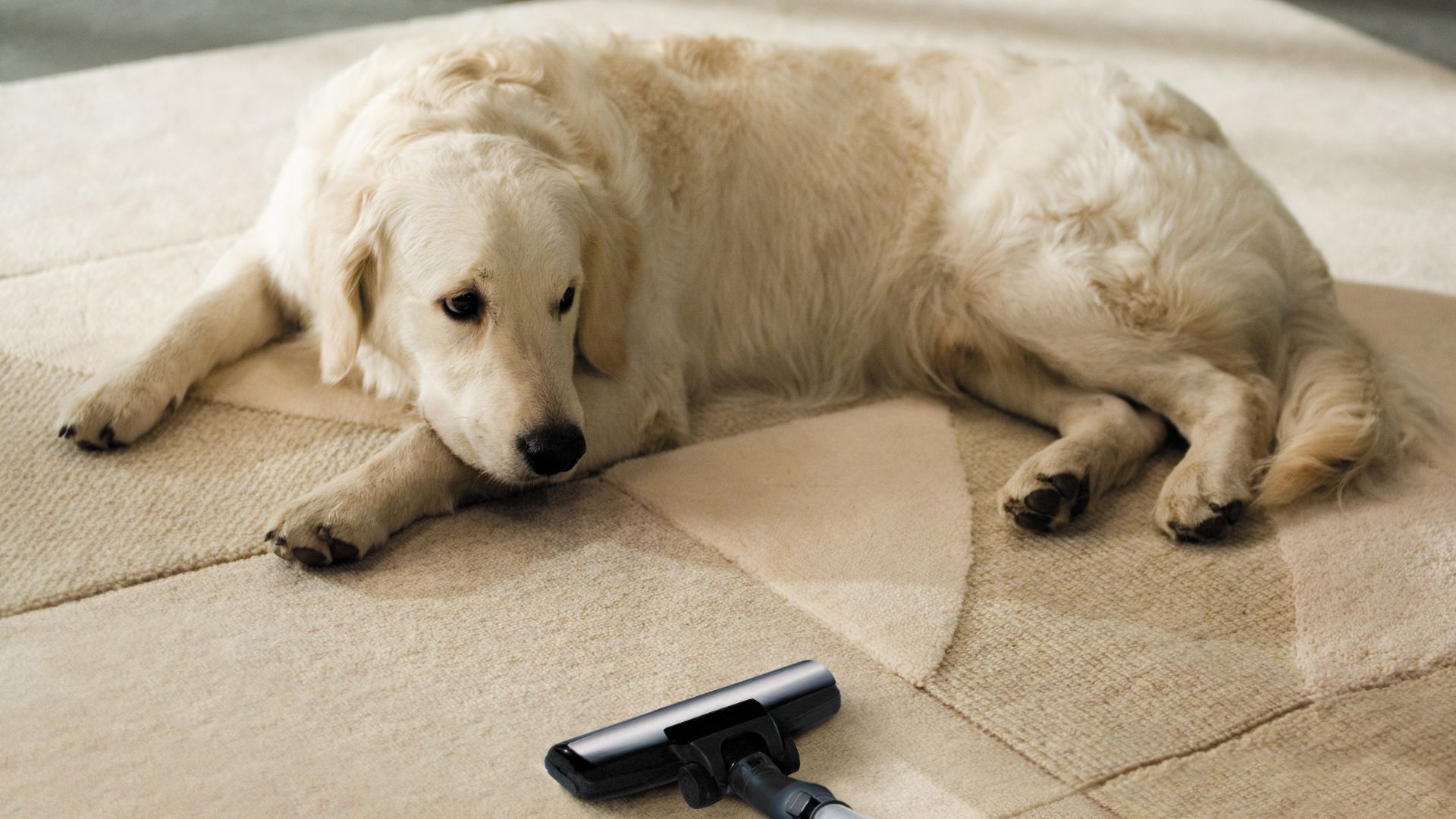Effective Methods to Remove Pee Smell

When there are pee smells in carpets and rugs, especially from pets, it’s important to find effective solutions.
Whether it’s a recent accident or a lingering odor from past incidents, addressing the pee smell promptly and efficiently is key to maintaining a fresh and clean environment. Here, we’ll explore the best ways to remove pee smell from carpets, providing you with practical advice that can be easily implemented.
Understanding the Problem: Why Pee Smell Persists
by Mike Burke (https://unsplash.com/@themikeburke)
Urine odor on carpets can be particularly stubborn due to the chemical composition of urine. When urine dries, it leaves behind uric acid crystals, which are not easily removed with regular cleaning. These crystals emit a pungent odor that can linger indefinitely if not treated properly. Additionally, humidity can reactivate these crystals, causing the smell to resurface.
Moreover, the fibers in carpets can trap these uric acid crystals, making it difficult for typical cleaning solutions to penetrate and neutralize them. This means that even after a seemingly thorough cleaning, the odor might still persist. To effectively combat this, understanding the nature of the problem is crucial, allowing you to choose the right solutions that target these stubborn elements.
Immediate Action: Blotting and Initial Cleaning
Step 1: Blot the Area
As soon as an accident occurs, use a clean, dry cloth or paper towel to blot the affected area. Press down firmly to absorb as much liquid as possible. Avoid rubbing, as this can spread the urine further into the carpet fibers. The goal here is to remove as much moisture as possible before it has the chance to set into the carpet.
Blotting is crucial because it prevents the urine from soaking deep into the carpet padding, where it can cause even more persistent pee smell odors. If the urine reaches the padding, it may require more intensive treatment to eliminate the pee smell completely. By acting quickly and blotting effectively, you can minimize the damage and make subsequent cleaning steps more effective.
Step 2: Use Cold Water
Once you’ve blotted up as much urine as possible, rinse the area with cold water. Pour a small amount of cold water over the stain and blot again to dilute and remove as much urine as possible. Cold water helps to prevent the urine from setting into the fibers, making it easier to clean.
Cold water also ensures that the stain does not become heat-set, which can happen if hot water is used. By keeping the temperature low, you enhance your chances of removing the stain and odor more effectively. Repeat the rinsing and blotting process a few times to ensure that you have removed as much urine as possible before moving on to more intensive cleaning methods.
Homemade Solutions for Urine Odor Removal
One effective homemade solution involves using a mixture of dish soap and water. To create this solution, combine a few drops of dish soap with warm water in a spray bottle. Lightly spray the affected area, ensuring not to saturate the carpet, and then gently blot with a clean cloth. This method helps to lift the urine stain and pee smell odor from the carpet fibers. After blotting, rinse the area with cold water and blot again to remove any soap residue. This simple yet effective technique can be particularly useful for fresh stains, providing an additional layer of cleaning before moving on to more intensive methods.
Vinegar and Baking Soda Method
Vinegar is an excellent natural cleaning agent that neutralizes pee smell odors:
1. Mix a Solution: Combine one part white vinegar with one part water. This mixture is safe for most carpets and helps to break down the uric acid crystals.
2. Apply the Solution: Pour the mixture over the affected area and let it sit for about 5–10 minutes. This soaking time allows the vinegar to penetrate the fibers and start neutralizing the odor.
3. Blot the Area: Use a clean towel to absorb the solution. Blotting ensures that the vinegar solution, along with dissolved crystals, is removed from the carpet.
4. Apply Baking Soda: Once the area is dry, sprinkle baking soda over the spot to absorb any remaining odors. Let it sit overnight. Baking soda is a natural odor absorber and can help eliminate any lingering smells.
5. Vacuum: The next day, vacuum up the baking soda. This step removes the absorbed odors and any remaining particles, leaving your carpet fresh.
This method is both eco-friendly and cost-effective, making it a popular choice for many pet owners. The combination of vinegar and baking soda is known for its powerful deodorizing properties, and when used correctly, it can effectively tackle even the most stubborn urine odors.
Hydrogen Peroxide and Dish Soap
For stubborn stains and odors, hydrogen peroxide can be effective:
1. Mix a Solution: Combine 8 ounces of hydrogen peroxide with 3 tablespoons of baking soda and a few drops of dish soap. This solution is potent and should be used with caution on colored carpets.
2. Apply the Solution: Pour the mixture onto the stain and scrub lightly with a brush. Scrubbing helps the solution penetrate deeper into the fibers.
3. Rinse and Dry: Rinse with cold water and blot dry. This removes any residue from the cleaning solution and helps ensure that the carpet is left fresh and clean.
Hydrogen peroxide is a powerful cleaner and can also help to lighten stains, but it’s important to test it on an inconspicuous area of your carpet first to ensure it doesn’t cause discoloration. When used carefully, this method can be a lifesaver for particularly tough urine stains and odors.
Commercial Products for Tough Odors
If DIY solutions aren’t enough, consider using enzyme-based cleaners available in stores. These cleaners break down the uric acid crystals, effectively neutralizing the odor. Enzyme cleaners are specifically designed to target the biological components of urine, making them highly effective for this purpose.
When using commercial products, follow the instructions on the label for the best results. It’s important to allow the enzyme cleaner to sit on the stain for the recommended amount of time to fully break down the odor-causing compounds. Some products may require a longer soaking time, while others might suggest a specific method of application, so adhering to these guidelines will maximize their effectiveness.
Preventing Future Accidents
\by charlesdeluvio (https://unsplash.com/@charlesdeluvio)
Preventive measures can reduce the likelihood of future accidents:
1. Regular Potty Breaks: Ensure your pet has regular opportunities to relieve themselves outside. Consistent potty breaks can help prevent accidents and reinforce good habits.
2. Training: Reinforce training to remind your pet of proper bathroom habits. Positive reinforcement and patience are key to successful training.
3. Use Pet Deterrents: Consider using pet deterrent sprays to discourage your pet from returning to the same spot. These products can help break the habit of urinating indoors by making the area less appealing.
Additionally, maintaining a routine and keeping a close eye on your pet’s behavior can help you anticipate and prevent accidents. Understanding the signs that your pet needs to go outside and responding promptly can significantly reduce the occurrence of indoor accidents.
Professional Cleaning Services
For persistent odors or large areas, professional cleaning services may be necessary. Professional cleaners use advanced techniques and equipment to thoroughly clean carpets and remove deep-seated odors. Their expertise and tools can reach parts of the carpet that are difficult to clean with household methods.
Cost Considerations
Understanding the cost of professional cleaning services can help you budget accordingly. Factors influencing the cost include:
- Size of the Area: Larger areas will generally cost more to clean. It’s wise to get a few quotes to compare prices and services.
- Severity of the Stain: Deep or old stains may require more intensive cleaning methods, which can affect the cost.
- Type of Carpet: Different carpet materials may require specific cleaning techniques. This can also impact the overall price of the service.
- Location: Prices may vary based on your geographic location. Urban areas may have higher costs compared to rural locations.
Taking these factors into account will help you decide if professional cleaning services are right for you.
While it may be an investment, the results can be worth it, particularly for those challenging stains and odors that just won’t go away.
Conclusion
Removing urine odor from carpets is a task that requires immediate attention and the right approach. By using the methods outlined above, you can effectively tackle the problem and maintain a fresh and inviting environment in your home. Whether you choose a homemade solution or opt for a commercial product, the key is to act quickly and thoroughly.
For challenging situations, don’t hesitate to reach out to professional cleaning services to ensure the job is done right. With these strategies, you’ll be well-equipped to handle any future incidents with confidence and ease. Remember, maintaining a clean home not only benefits the aesthetics but also the health and comfort of all its inhabitants.


